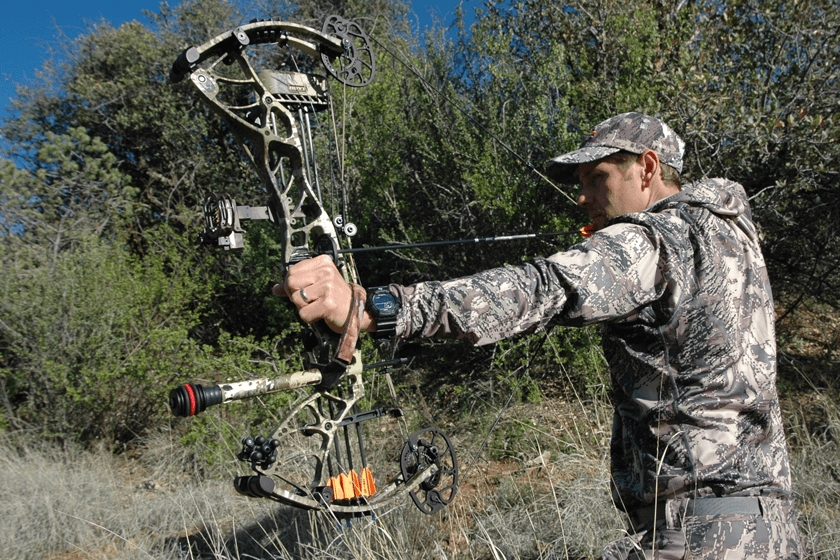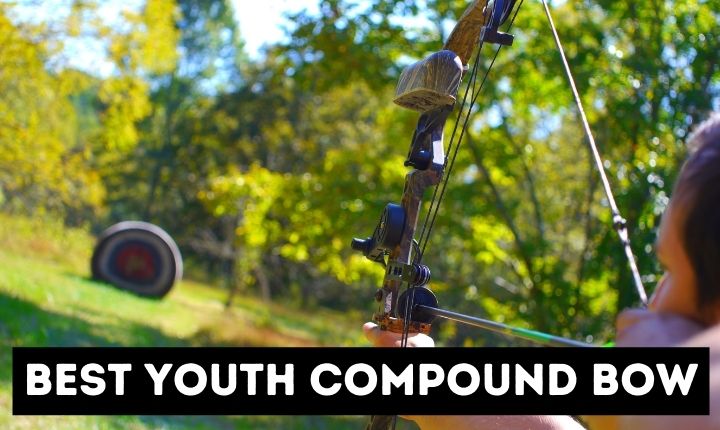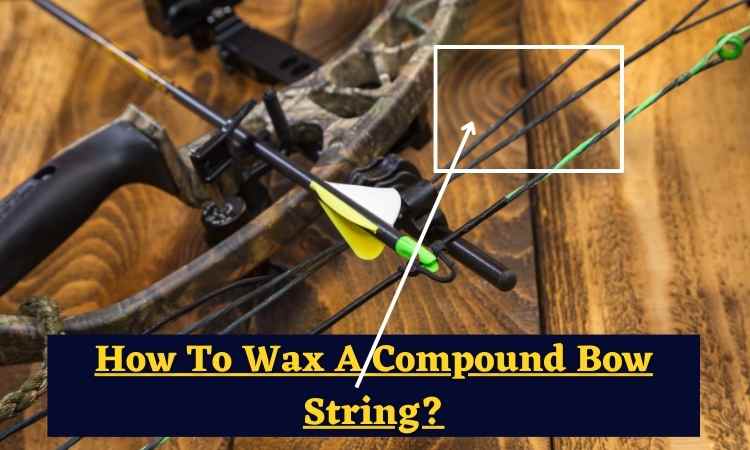If you own a recurve bow, you know that regular maintenance is important to ensure it is in good working condition. This includes unstringing the bow for storage or to make repairs.
While unstringing a recurve bow may seem intimidating at first, it is actually a simple process as long as you have the right tools and follows the proper steps.
To safely unstring a recurve bow, first ensure that it is not loaded and remove any accessories. Use a bow stringer tool to relieve the tension on the bow limbs gradually.
Then, carefully slide the bowstring off the bow tips and store both the bow and string properly. Avoid unstringing your bow without a stringer tool, as it can cause damage to the bow or injury to the archer.
Is It a Good Idea to Unstring a Recurve Bow?
No, it is generally not a good idea to unstring a recurve bow unless you have a specific reason for doing so and know how to do it safely.
Leaving a recurve bow strung when not in use can cause the limbs to take a set or permanent bend, which can result in decreased performance or even damage to the bow.
However, unstringing a recurve bow improperly can also cause damage to the bow or injury to the archer.
If you need to unstring your recurve bow, it is important to follow the manufacturer’s instructions carefully or seek the advice of an experienced archery professional.
Additionally, it is recommended to use a bow stringer tool to help safely remove the tension from the bow limbs and avoid bending or breaking them.
How Do You Unstring a Recurve Bow Step by Step?
Prepare your bow Before you start unstringing your bow, ensure that it is not loaded and remove any accessories like sight or stabilizer.
Make sure that the bowstring is in good condition and free from any fraying or damage. Lay your bow on a flat surface with the belly (the side facing towards the archer) facing upwards.
Step 1: Tool Collection.
Unstring is nothing but a system for detaching the string from the bow. And barehand isn’t perfect for proper maintenance for the overall situation.
So, You will need either a stringer tool or a bow press to safely unstring your recurve bow.
A stringer tool is a device that helps you attach and detach the string from the limb tips, while a bow press is a machine that holds the bow in place and allows you to apply pressure to the limbs to remove the string.
Make sure you have these tools on hand before starting the unstringing process. It is also a good idea to consult the instructor for using the stringer tool or bow press to ensure you do not damage the bow.
Step 2: Detach the string from the limb tips.
To begin the unstringing process, you will need to detach the string from the limb tips. This is where a stringer tool or bow press comes in handy. Use the tools to loosen the string from the limb tips.
If you are using a stringer tool, it typically consists of a cord or rope that is attached to the string and a handle that you use to apply pressure to the limb tips.
Simply attach the cord to the string and follow the instructions to loosen the string from the limb tips.
If you are using a bow press, it will typically have two arms that you place the bow limbs into. Once the bow is securely in place, you can use the press to apply pressure to the limbs to loosen the string.
Again, make sure to follow the manufacturer’s instructions for using the bow press to ensure you do not damage the bow.
Step 3: Attach the bow stringer to your bow
Place the larger loop of the bow stringer onto the upper limb of your recurve bow. The upper limb is the one with the arrow resting and is usually shorter than the lower limb.
Slide the smaller loop of the bow stringer onto the lower limb of the bow.
The bow stringer should now be wrapped around both limbs, with the leather or rubber cups sitting snugly against the bow tips.
Step 4: Position the bow stringer
Position the bow stringer so that the cup on the upper limb is sitting just below the string loop, and the cup on the lower limb is resting just above the string loop.
The bow stringer should be lined up in a straight line with the bow limbs and the bowstring.
Step 5: Apply tension to the bow stringer
Holding onto the bow grip with one hand and the bow stringer handle with the other hand, slowly begin to apply tension to the bow stringer.
As you do this, you will notice that the bow limbs start to bend inwards, and the bowstring will begin to loosen.
Apply enough tension so that the bowstring is completely slack, and there is no more tension on the bow limbs.
Step 6: Slide the bowstring off the bow tips
With the tension of the bow limbs, you can now slide the bowstring off the bow tips. Carefully hold onto the bowstring and slide it down towards the bow riser until it clears the bow tips.
Once the bowstring is off the bow tips, release the tension on the bow stringer and remove it from the bow limbs.
Step 7: Store your bow and bowstring
After you have successfully unstrung your recurve bow, it’s time to store it and the bowstring properly. Store your bow in a cool and dry place, away from any sources of heat or direct sunlight.
You can wrap the bowstring around the bow and secure it with a rubber band or string to prevent it from getting tangled. Alternatively, you can also store the bowstring in a separate bowstring bag.
Can I unstring a recurve bow without a stringer tool or bow press?
It is not recommended to unstring a recurve bow without the proper tools, as it can be dangerous and may cause damage to the bow.
A stringer tool or bow press provides the necessary support and protection to safely unstring your bow.
How often should I unstring my recurve bow?
It is generally recommended to unstring your recurve bow when it is not in use for an extended period of time, such as when storing it for the off-season.
Unstringing the bow helps to relieve the tension on the limbs and prolong the life of the bow.
Can I restring mine recurve bow myself?
Restringing a recurve bow can be a complex process that requires specialized tools and knowledge. If you are not familiar with the process, it is recommended to have a professional restring your bow.
However, if you are confident in your ability to restring the bow safely, make sure to follow the manufacturer’s instructions and use the proper tools.
Conclusion:
Unstringing a recurve bow may seem daunting at first, but with the right tools and a bit of care, it is a simple process.
By following these steps, you can easily unstring your recurve bow for maintenance or storage.
With a bit of practice, you will be a pro at unstringing a recurve bow in no time.

General Manager & Auditorial Head.
Killian Jake is a World Sports Traveler and hobbyist sports lover. By exploring different sorts of playing modules like indoor, outdoor, and many more. As for professionalism and writing, it’s helpful to give you the right suggestions on different games and sports.





